According to experts, expanding administrative boundaries helps provinces and cities plan more new industrial parks with larger areas, providing more options for businesses.
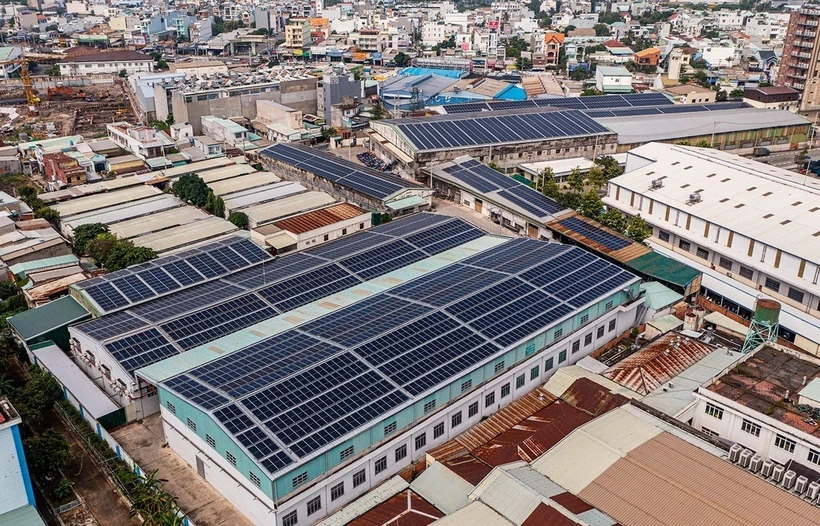
Adjusting administrative boundaries of provinces and cities is not only an important institutional step but is also expected to create a boost for Vietnam's industrial real estate market in the strategic transition period.
According to real estate experts, if implemented properly, this restructuring process can create leverage for the formation of large-scale industrial-urban areas that are more attractive in the eyes of international investors.
The new Ho Chi Minh City officially comes into operation from July 1, 2025 on the basis of merging three localities: Ho Chi Minh City, Binh Duong, and Ba Ria-Vung Tau, which will create an international megacity and at the same time create a new competitive economic -urban center, maximizing the natural, geographical and infrastructure advantages of the three localities.
From the experience of the new Ho Chi Minh City, experts from Savills Vietnam believe that the adjacent location and synchronous traffic system connecting the three localities will help make economic and urban space planning more convenient and effective.
The expanded land fund will facilitate strategies for population dispersion, satellite urban development, and the construction of new modern urban areas. In addition, the expected synchronization of transport infrastructure, especially the road, waterway, and seaport systems, will enhance regional connectivity and improve logistics capacity.
In terms of the strengths of each locality, Ms. Giang Huynh - Director of Research, Savills Ho Chi Minh City commented that Ho Chi Minh City is currently the economic, financial, accommodation and housing center with the largest population. However, the infrastructure here is under great pressure due to high concentration, leading to increasingly congested traffic. Binh Duong is considered the industrial capital, at the same time, the urbanization rate is high. Ba Ria-Vung Tau has advantages in both tourism and industry.
“The merger of these three areas will create a strong economic zone with diverse sectors such as industry, housing, trade, services and tourism. To fully exploit this potential, implementing a synchronous planning strategy and effective administrative procedures is extremely important,” Ms. Giang Huynh shared.
The project to adjust the general planning of Ho Chi Minh City to 2040, with a vision to 2060, which was recently approved by Deputy Prime Minister Tran Hong Ha, also clearly shows the formation of new industrial zones.
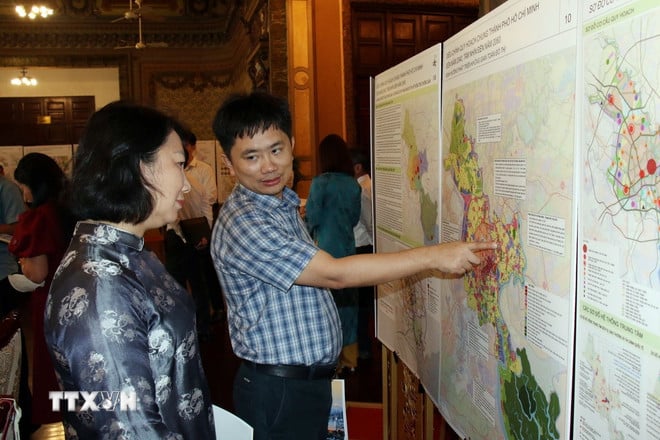
Ho Chi Minh City continues to upgrade, develop and form new high-tech zones with a total area of about 2,200-2,600 hectares, including Ho Chi Minh City High-Tech Zone, science and technology park in Thu Duc urban area; Phu My Hung high-tech zone in Cu Chi district at present. Develop other technology zones in the central urban area and in the current Cu Chi, Binh Chanh and Nha Be districts.
In existing areas, transform space towards enhancing connectivity of production activities, focusing on research and development, perfecting the creative ecosystem to lead the technological level of the region and the country; forming a research space combining high-tech application, human resource training and production and trading of high-tech products.
Ho Chi Minh City also focuses on developing industrial functions including 33 industrial parks, 3 export processing zones and 7 industrial clusters, with a scale of about 9,200-10,200 hectares in areas along the Ring Road 3, the bypass of National Highway 22, Hiep Phuoc Port and some areas with convenient traffic connections and functional conversion in Binh Chanh, Cu Chi, and Bac Can Gio today...
At the same time, the city encourages new development and space conversion in industrial parks to suit production models applying high technology and advanced technology, minimizing negative impacts on the urban environment.
According to the Management Board of Ho Chi Minh City Export Processing and Industrial Zones, in the coming time, Ho Chi Minh City will plan to divide the land area of export processing zones and industrial parks from 13,000-13,300 hectares; land area of export processing zones and industrial parks eligible for lease from 6,500-6,800 hectares; develop 4-5 existing industrial parks into ecological industrial parks.
To promote investment attraction, especially in areas with high intellectual content, Mr. Le Van Thinh - Head of the Management Board of Export Processing Zones and Industrial Parks of Ho Chi Minh City said that the city focuses on administrative reform, administrative reform index (Par-Index), assessment of competitiveness at department, branch and local levels (DDCI), digital transformation (DTI)...
In particular, effectively implementing the Central's breakthrough resolutions, creating a strong driving force to mobilize resources, promote growth, restructuring, and transforming the model of export processing zones and industrial parks towards innovation, high technology, circular economy, green technology and digital technology; attracting investment in large-scale projects with high added value and spillover effects; at the same time, expanding the space for developing industrial parks, building a number of new high-tech industrial parks, building modern infrastructure, associated with industrial urban areas with full integration of social utilities, creating a living and working environment that meets international standards to attract international experts and high-quality domestic human resources...
Helping Vietnam's industrial real estate to break through
The merger of administrative units is not simply a change in boundaries but also carries the goal of streamlining the apparatus, reducing fragmentation in planning and increasing competitiveness between localities.
Ms. Giang Huynh analyzed that in order for the administrative merger process to achieve sustainable efficiency and optimize the use of urban land funds, it is necessary to synchronously resolve four main factors.
The first is administrative and land procedures to review and simplify administrative and land-related procedures; the second is master planning through the development of unified planning for both land and infrastructure; the third is financial mechanisms coming from establishing effective public investment disbursement mechanisms for infrastructure; and finally, having a clear overall development strategy.
“Planning on a larger land area after the merger will create space for making new planning decisions, shaping infrastructure and residential areas in the future. This will help solve the problem of population dispersion and open up new housing supply. However, these areas need to ensure good access to the city center to attract people with real housing needs to relocate. At the same time, there needs to be a strategy to develop new infrastructure and attract investors to these areas,” said Ms. Giang Huynh.
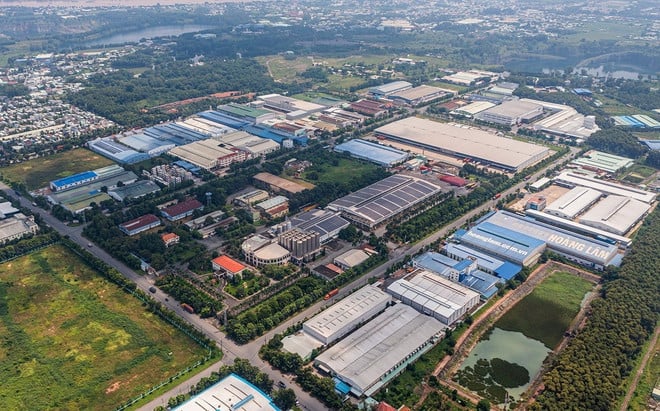
According to analysis from Mr. Thomas Rooney, Deputy Director, Industrial Services Department, Savills Hanoi, if this is done properly, it will pave the way for the formation of integrated urban-industrial ecosystems, which are more attractive to foreign investment flows that are increasingly selective in their destinations. Expanding administrative boundaries helps provinces and cities to plan more new industrial parks with larger areas, providing more options for businesses.
By increasing land funds, domestic and foreign enterprises will easily find suitable locations to open factories, avoiding the scarcity of industrial land in localities with high demand. In addition, after the merger, provinces and cities with larger areas will have the conditions to divide zoning more clearly, thereby developing industrial parks or specialized industrial complexes such as Supporting Industrial Parks or specialized supporting industrial parks specializing in providing components and spare parts for large-scale manufacturing industries or a specific manufacturing industry such as automobiles and semiconductors.
According to real estate experts, localities that are already bright spots in attracting investment, when merged and coordinated more closely in planning, will complement each other in terms of infrastructure, labor and development orientation. Large scale helps localities achieve higher standards in infrastructure and management, thereby improving their position in the global value chain.
If consolidation is carried out in sync with infrastructure investment, especially beltways, seaports, airports and digital infrastructure, industrial parks will no longer be limited by administrative boundaries. Enterprises can access labor forces from more localities, with more optimal operating costs. The development of inter-regional infrastructure also promotes the trend of moving away from traditional industrial markets, where supply is limited and investment costs are increasing.
New localities with large, cheap land funds and improved infrastructure will have the opportunity to become new industrial centers. On the management side, the first thing is to communicate clearly and transparently about the transformation roadmap. Proactive dialogue with businesses and providing support mechanisms, especially for small and medium-sized enterprises, will be decisive factors to avoid major disruptions and maintain the growth momentum of investment capital flows.
Merging provinces and cities is a landmark administrative reform, directly affecting the development space in Vietnam. When implemented with a long-term vision and synchronous determination, this can become a new boost, helping Vietnam's industrial real estate to break through and play a strategic role in the global supply chain./.
Source: https://baolangson.vn/sap-nhap-cac-don-vi-hanh-chinh-du-dia-moi-cho-bat-dong-san-cong-nghiep-5051147.html



![[Photo] General Secretary To Lam works with the Standing Committee of Quang Binh and Quang Tri Provincial Party Committees](https://vphoto.vietnam.vn/thumb/1200x675/vietnam/resource/IMAGE/2025/6/25/6acdc70e139d44beaef4133fefbe2c7f)

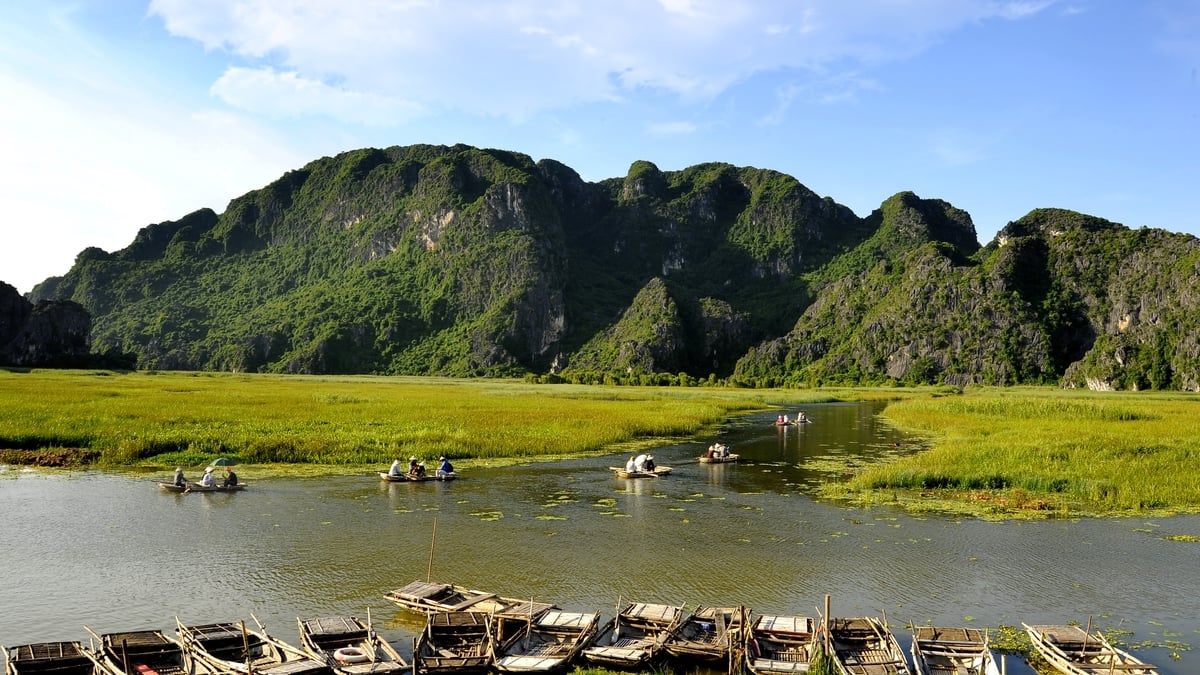

![[Photo] First training session in preparation for the parade to celebrate the 80th anniversary of National Day, September 2nd](https://vphoto.vietnam.vn/thumb/1200x675/vietnam/resource/IMAGE/2025/6/25/ebf0364280904c019e24ade59fb08b18)




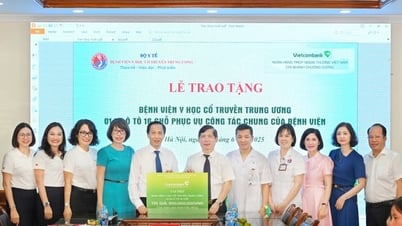

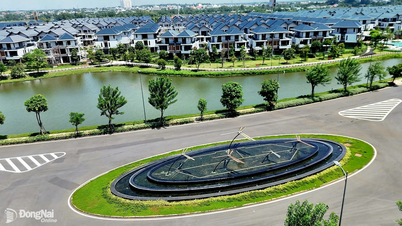








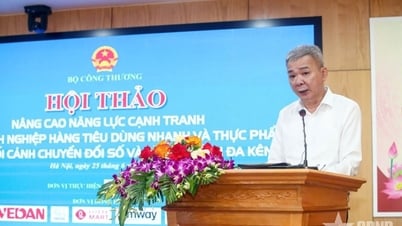

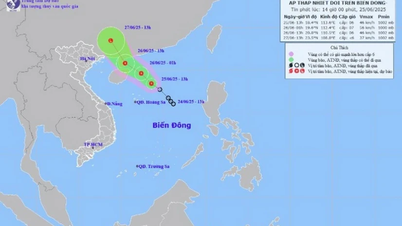
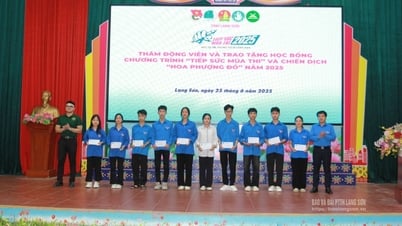

![[Photo] More than 124,000 candidates in Hanoi complete procedures for the 2025 High School Graduation Exam](https://vphoto.vietnam.vn/thumb/1200x675/vietnam/resource/IMAGE/2025/6/25/fa62985b10464d6a943b58699098ae3f)















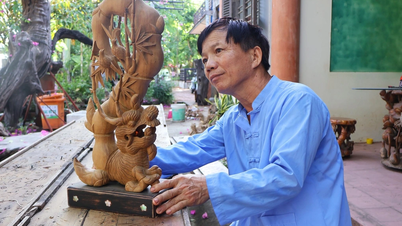







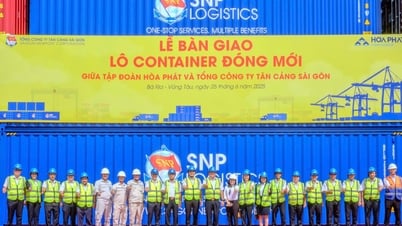



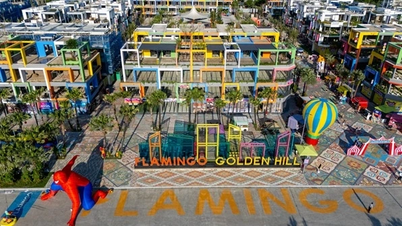






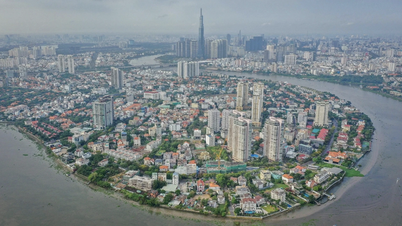









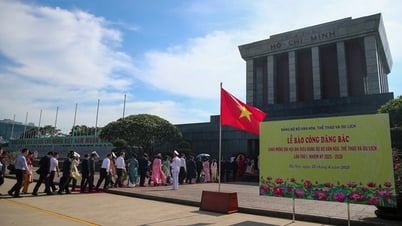
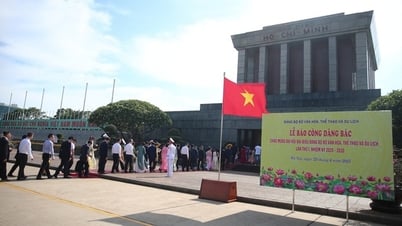
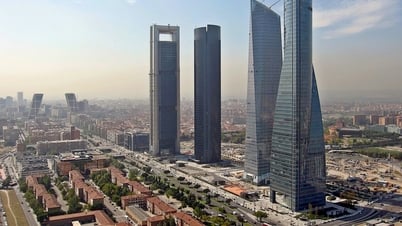

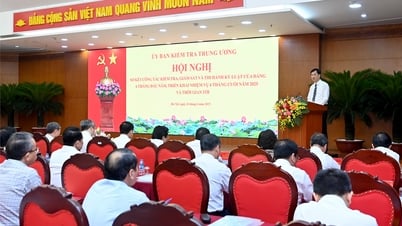

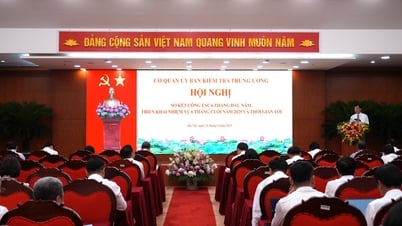























Comment (0)